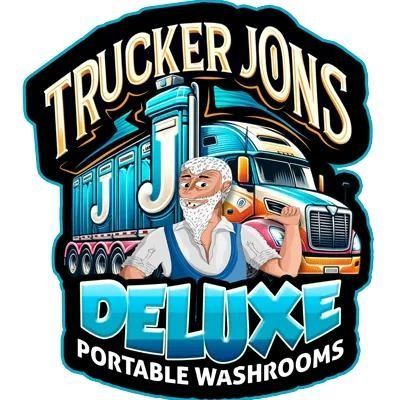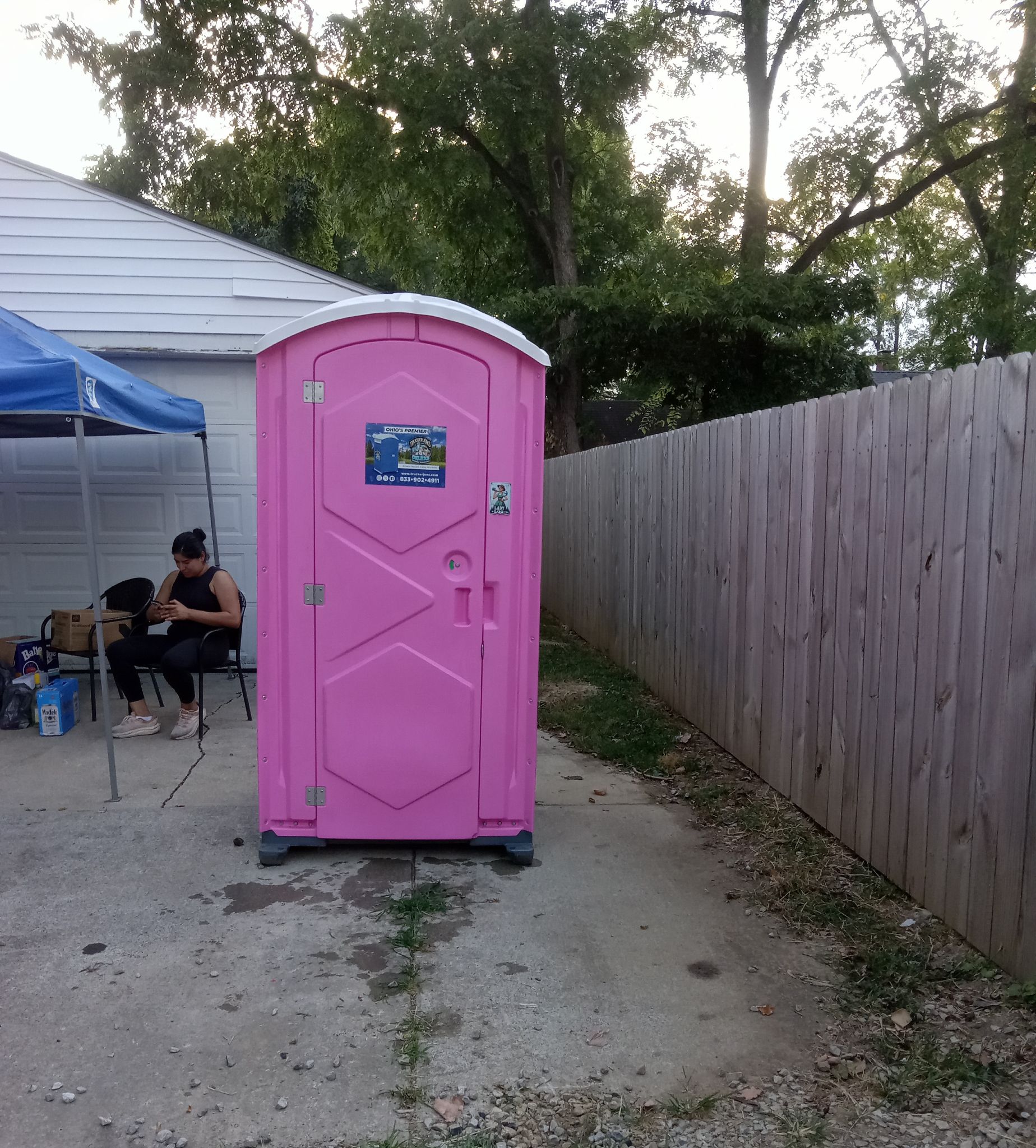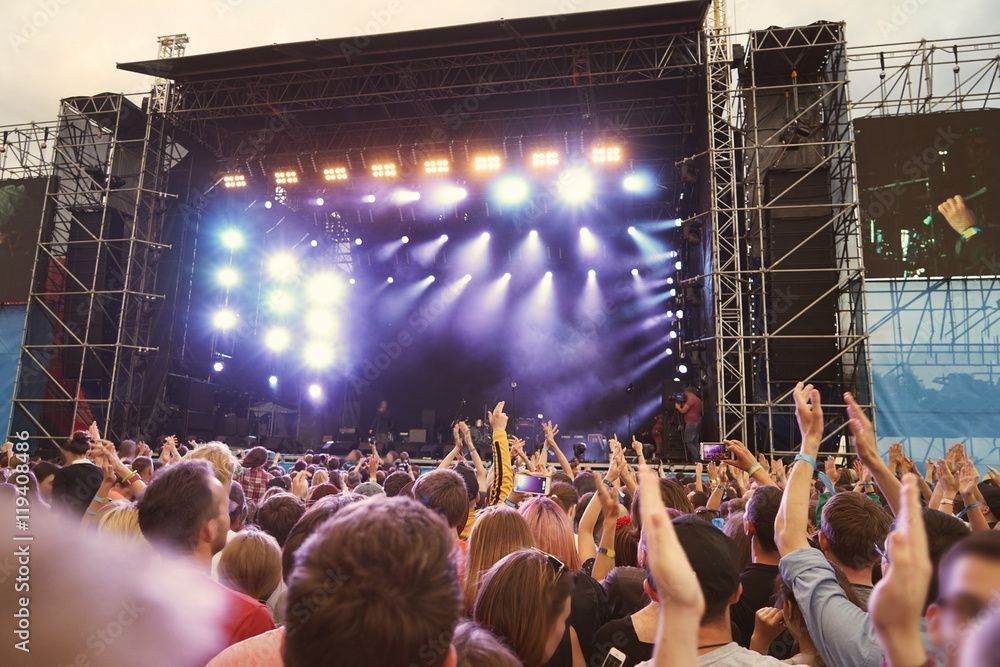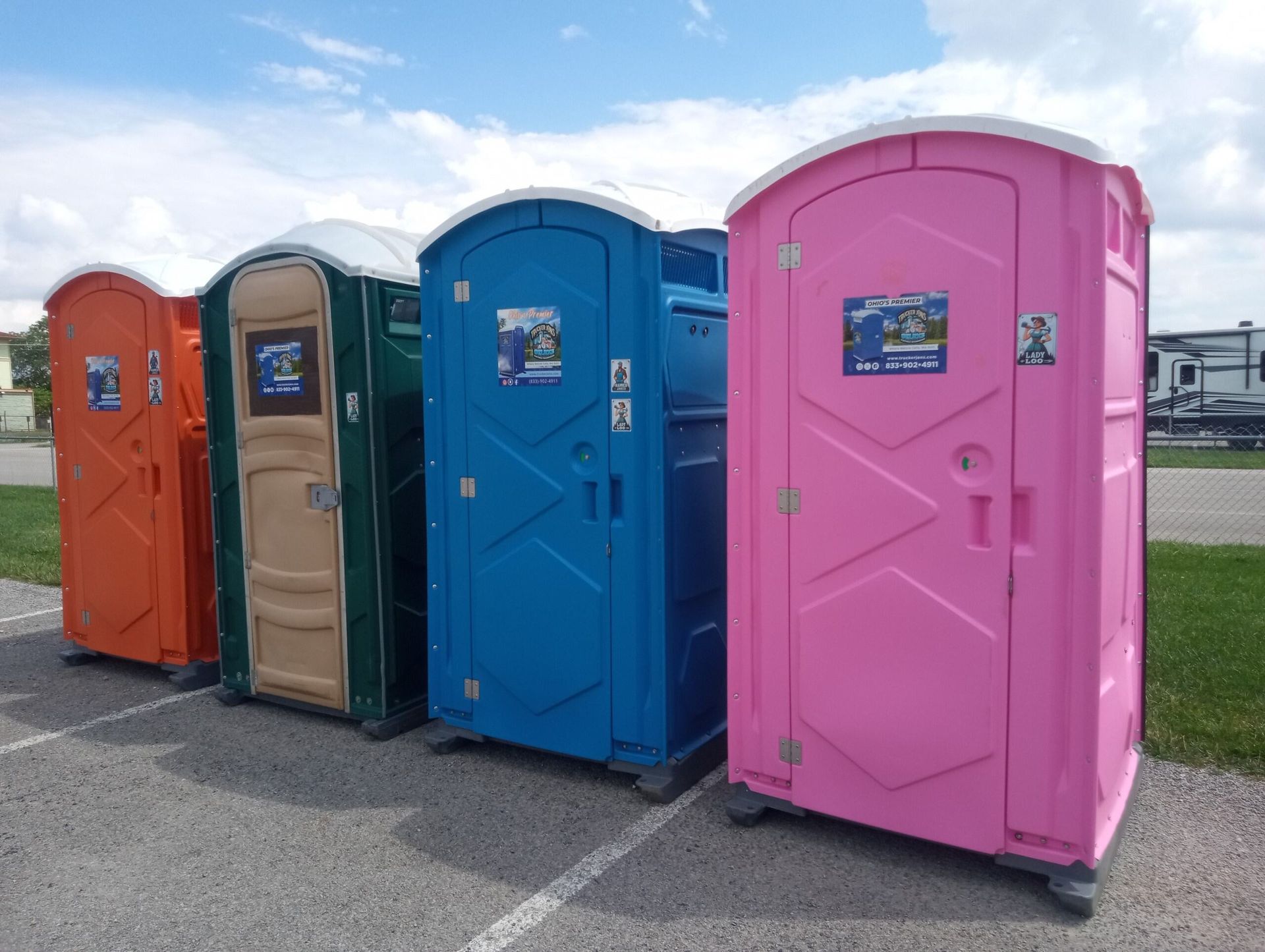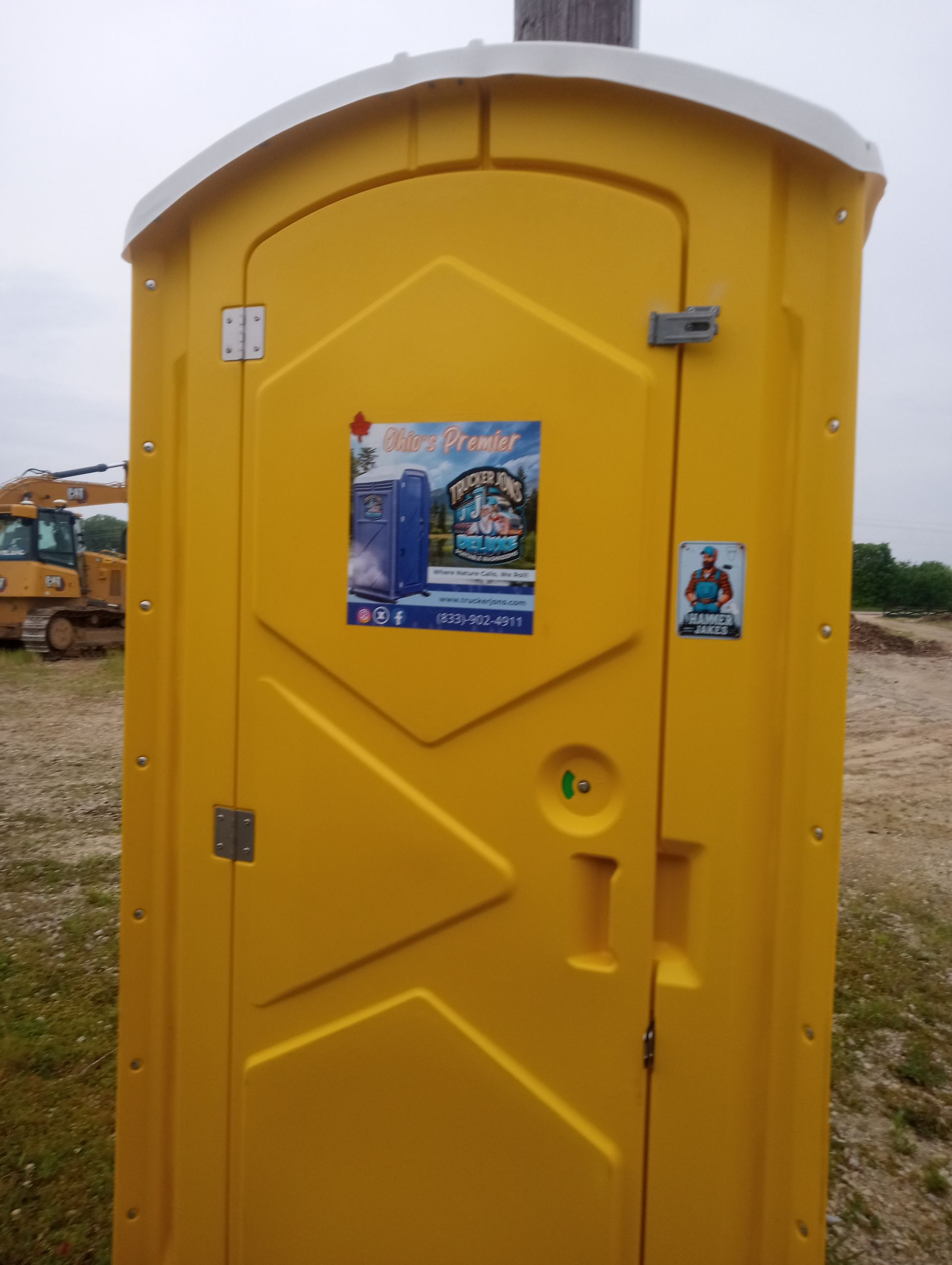Why is a Bathroom Called a John?

Have you ever wondered why we sometimes call a bathroom "the john"? This quirky nickname has a surprisingly rich history behind it. Why is a bathroom called a John? The answer goes back several centuries and involves both evolving language and a 16th-century inventor named Sir John. In this blog post, we'll explore the origins of this term and other nicknames for the toilet. You'll discover how medieval slang and one man’s innovation both played a role in making "John" a household name for bathrooms.
Why Are Toilets Referred to as Johns?
Bathrooms are called "johns" thanks to a mix of linguistic tradition and historical happenstance. On one hand, English speakers often used common men's names like Jack or Jake as labels for everyday things – even early toilets. Over time, those generic names evolved and eventually gave us "john" as slang for a toilet. On the other hand, Sir John Harington, the English courtier who invented one of the first flushing toilets, made such an impact that his first name became synonymous with the device. Together, these influences explain why we call the bathroom a "john" today – a blend of folk naming habits and a nod to a pioneering inventor.
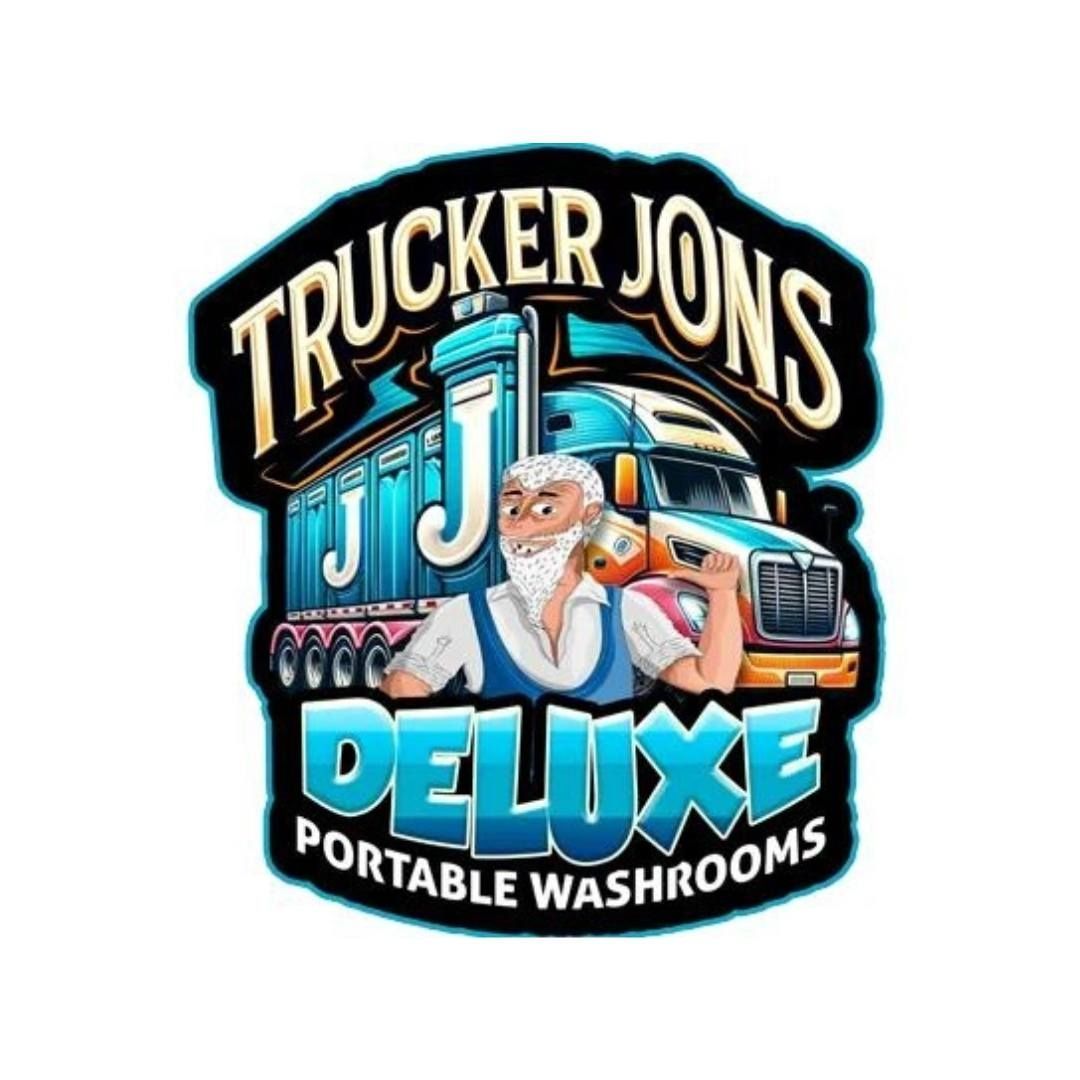
Medieval Slang and the "John"
Centuries ago, long before modern plumbing, people still needed words for their primitive restrooms. In medieval England, "jakes" (or "jack") was a common term for an outdoor privy or latrine. Back then, "Jack" and similar names were often used as generic labels for any commonplace item or the "everyman." Over time, the habit of using a familiar name for the privy led to phrases like "Jake's house." As language evolved through the 1500s and 1600s, the name John emerged as a polite euphemism for the same smelly necessity. Essentially, what started with calling a latrine a "jake" or "jack" eventually transformed into calling the bathroom "the john."
Sir John Harington’s Flushing Toilet Invention
Another major reason a bathroom is called a John comes from Sir John Harington’s claim to fame. Harington was an Elizabethan-era writer and inventor. In 1596, he devised Britain’s first flushing toilet, which he whimsically named the "Ajax" (a pun on the slang word "jakes"). Harington even installed one for his godmother, Queen Elizabeth I, who reportedly loved it. His invention wasn’t widely adopted at first – most people still preferred chamber pots – but it got people talking. Over time, Harington’s name became associated with the new contraption, and eventually "john" entered the language as a casual term for any toilet.
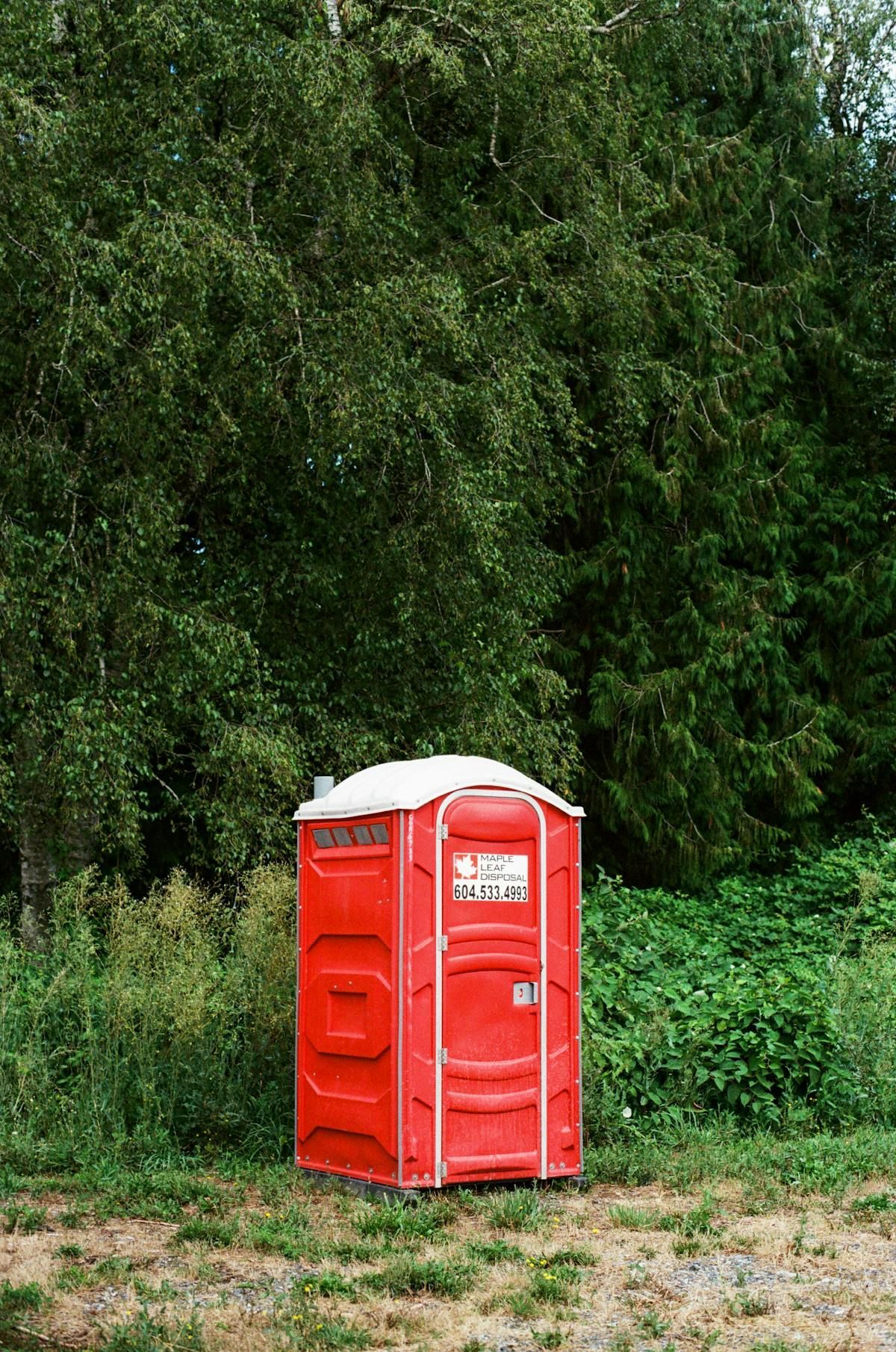
What Is a "John" in Toilet Slang?
In everyday language today, "a john" simply means a toilet or bathroom. It's predominantly used in the United States as a mild, informal term. For example, someone might say, "I'll be right back, I have to hit the john." The name isn’t considered rude; it's like saying "loo" or "can." So when you hear a bathroom called a John, now you know it’s not arbitrary – it’s rooted in both medieval slang and one very notable John from history!
What Does the Name John Mean for a Toilet?
Using a person’s name as a nickname for a toilet might seem odd at first. But in English we often use names playfully to label objects. In the case of the bathroom "John," the name doesn’t signify anything mystical – it simply stands in for "toilet." Essentially, the name "John" means a convenient place to relieve oneself. Over time, saying "the john" became a polite way to avoid more direct words like "toilet" or "latrine." It adds a human touch to the reference. So when someone asks, why is a bathroom called a John, the answer is that "John" in everyday speech just means "toilet," thanks to a mix of history and habit.
Why Is a Military Bathroom Called a "Head"?
Not all restroom slang comes from people’s names. If you’ve spent time around sailors or Marines, you might hear the toilet referred to as "the head." This term has naval origins. On old sailing ships, the bathroom area for the crew was located at the front (bow) of the ship, also known as the head of the vessel. Placing the latrine near the bow meant that sea spray could help wash away the waste. Over time, sailors began calling that spot "the head," and the term stuck. Even today, the bathrooms on ships (and in naval buildings) are commonly called heads.
Other Popular Nicknames for the Bathroom
English speakers have come up with many nicknames for the toilet. Here are a few popular ones and their origins:
TermOriginMeaning/NotesJohnSir John Harington (16th century)Slang for toiletLooFrench phrase "gardez l’eau""Watch out for water"PrivyLatin "privatus"Private room/outhouseBogBritish slang (1789)Refers to wet, marshy groundRestroomEarly 20th-century AmericaPolite euphemismCrapperThomas Crapper & Co.Toilet maker popularized the termHeadMaritime usage (17th century)Shipboard toilet
From Privies to Porta Potties: Evolution of Portable Restrooms
The first portable restrooms appeared during World War II, when ship crews and workers at remote sites needed temporary toilets. Early units were just simple wooden or metal stalls, and they were notoriously smelly. By the 1950s, chemical deodorizers and lightweight materials made these "porta-potties" more practical.
Today, portable restrooms (often nicknamed "porta-johns") are a far cry from those early days. Modern rentals come in deluxe varieties – some Premium Portable Restroom Rentals even feature flushing toilets, lighting, and climate control. Many event organizers also include Handwashing Station Rentals alongside restrooms to keep hygiene standards high. On construction sites, contractors rely on Construction Porta Potty Rentals to keep crews comfortable and productive, while keeping an eye on factors like porta potty rental cost per day to stay on budget. For anyone planning a big gathering, this helpful guide – How to Rent a Porta Potty for Your Next Event – provides a clear checklist for choosing the right units. From the foul-smelling "jakes" of medieval times to the clean and convenient porta-potties of today, it's remarkable how much sanitation has improved.
Final Thoughts: Why is a Bathroom Called a John?
So, why is a bathroom called a John? It turns out this everyday term carries echoes of history – a nod to medieval slang and a salute to Sir John Harington’s plumbing innovation. Over the centuries, his invention and name left a permanent mark on language. The next time you say you're "going to the john," you'll have a newfound appreciation for how that name took hold.



